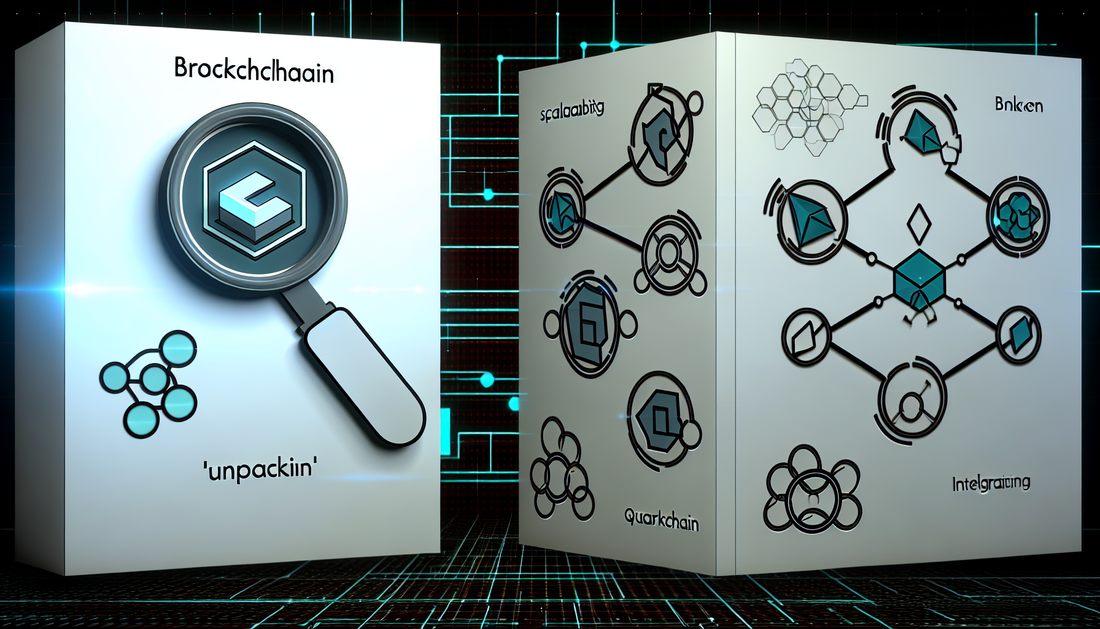
Unpacking QuarkChain: The Future of Blockchain Scalability
Share
How QKC Works
QuarkChain (QKC) is a blockchain infrastructure focused on delivering high-performance and scalable networks through sharding technology. The network's unique approach addresses the challenges of achieving scalability and decentralization without sacrificing security, which has been a common issue for many blockchain systems. Here's a breakdown of how QKC works:
Sharding Structure in QKC
At the core of QuarkChain's functionality lies its two-layered sharding structure. The system is composed of multiple shards built on top of a root chain. Shards are essentially smaller blockchains that process transactions independently. This allows for the parallel processing of transactions, reducing the burden on any single chain. Each shard can have its own unique consensus algorithm, adding flexibility to the system.
The root chain is responsible for maintaining the overall security of the network, verifying blocks from the shards, and ensuring data consistency. The two-layer consensus mechanism allows QuarkChain to handle potentially thousands of transactions per second, which is one of its key aims.
Consensus Mechanism
QuarkChain employs a combination of two consensus protocols—Proof of Work (PoW) and a secondary mechanism known as Proof of Stake (PoS)—depending on the shard. The root chain generally uses PoW to ensure security, while individual shards may select different methods based on the feature sets they prioritize. This hybrid model offers flexibility in how validation occurs while maintaining security across the system.
QuarkChain Network Architecture
QuarkChain’s architecture is designed in a way that allows it to dynamically adjust based on demand. When network traffic increases or when more resources are needed, QuarkChain can add additional shards to scale up, improving throughput in real-time. Each shard is capable of handling smart contracts and decentralized applications (dApps), much like any standard blockchain.
Cross-Shard Transactions
A crucial component of QKC's operation is its ability to facilitate cross-shard transactions smoothly. Communication between shards is essential because a user’s activity is not restricted to a single shard. The network ensures that transfers between shards are processed rapidly and with minimal overhead by using an atomic transaction model. This means users don’t have to wait for extended periods as data moves between shards, creating a versatile and dynamic experience for seamless operations.
Token Economics
QKC, the native token driving the entire QuarkChain ecosystem, is used as a tool to incentivize miners, validators, and developers. It also serves as the transaction fee. Participants use QKC to engage in network validation—whether through staking, mining, or operating nodes on a shard. It’s also required for voting, staking, and initiating transactions, adding a layer of active participation from token holders.
